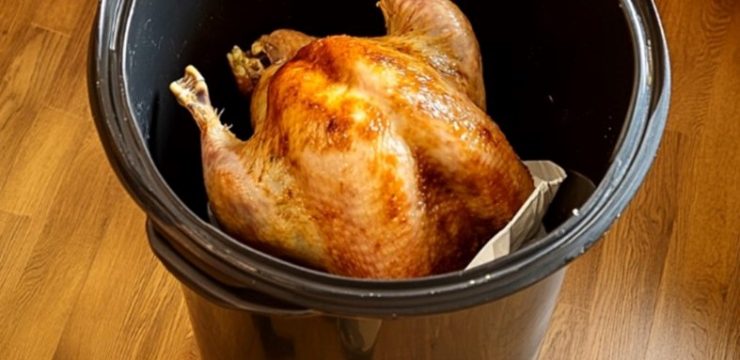I spend most of my free time in my garden, nurturing plants and watching them thrive. Gardening has its ups and downs, but there’s nothing like seeing the fruits of your labor bloom. Still, let’s be honest—dealing with pests can be challenging. It’s tough to know which insects are beneficial and which might undo all the hard work.
Recently, I came across a post on social media that captured this dilemma perfectly. It showed a leaf covered in tiny, detailed black patterns, like something out of a sci-fi movie. At first glance, it looked like a disease or maybe even an alien design. Naturally, a lot of us were curious—and slightly alarmed.
After doing a little research, I found out these were actually eggs of the Nymphalis Antiopa, commonly known as the Mourning Cloak butterfly. This butterfly has a fascinating life cycle and some unique habits that make it both interesting and beneficial.

Those “Alien” Shapes Are Butterfly Eggs
The photo I saw was a close-up of the eggs. They were clustered together in delicate, lace-like patterns, creating an intricate design on the leaf. At first, I wasn’t sure if this would be good or bad news for my garden. But as it turns out, these eggs mark the start of something positive.
When they hatch, the caterpillars primarily feed on trees and shrubs, such as willows, elms, and poplars. This is great news if your garden is mainly flowers and veggies—they’re unlikely to become caterpillar snacks. Even better, these butterflies help break down decaying fruit, adding nutrients back into the soil.
Watching the Mourning Cloak’s Life Cycle
The life cycle of the Mourning Cloak butterfly is truly something to behold. When the eggs hatch, black caterpillars covered with white dots and spiky hairs emerge. They go through several growth stages, called instars, during which they shed their skin and grow larger each time.
Once they’re fully grown, the caterpillars find a secure spot to transform into chrysalises, where they’ll go through metamorphosis. Depending on the season, this transformation can last a few weeks or even stretch into months. When they finally emerge, they’re stunning Mourning Cloak butterflies with dark, velvet-like wings rimmed with bright yellow and dotted with blue.
The Unique Behavior of Mourning Cloak Butterflies
One of the most remarkable things about Mourning Cloaks is how they survive the winter. Unlike most butterflies, which migrate or die off, Mourning Cloaks hibernate. They tuck themselves into crevices under tree bark, woodpiles, or even sheds. As one of the earliest butterflies to appear in spring, they add a striking touch to the early landscape with their dark wings, which resemble a mourning cloak against the bare branches.
Why It’s Best to Let Them Be
As gardeners, we sometimes panic at the sight of caterpillars, assuming they’ll munch through everything in sight. But it’s essential to step back and look at the bigger picture. The Mourning Cloak butterfly, for example, is part of a balanced ecosystem. Yes, the caterpillars will nibble on some leaves, but they’re unlikely to harm your entire garden. By allowing these butterflies to complete their life cycle, you’re not only helping your plants but also supporting local biodiversity.
So, what should you do if you spot these eggs or caterpillars in your garden? The best approach is to leave them alone. Enjoy observing their growth and transformation. If you’re worried about your flowers, gently transfer the caterpillars to a nearby tree or shrub where they’ll have plenty of leaves to munch on without bothering your garden plants.
Finding Harmony in the Garden
Gardening is all about balance—creating harmony between the plants you cherish and the creatures that share your space. Next time you spot something unusual in your garden, take a moment to identify it before reaching for the insect spray. You might discover something incredible, like the Mourning Cloak butterfly eggs I found.
In the end, these surprises are what make gardening so fulfilling. Each season brings new wonders and challenges, and that’s what keeps us coming back, season after season.





